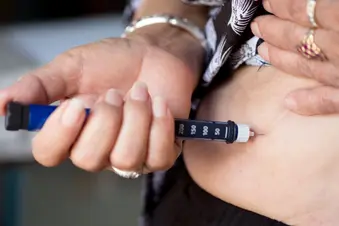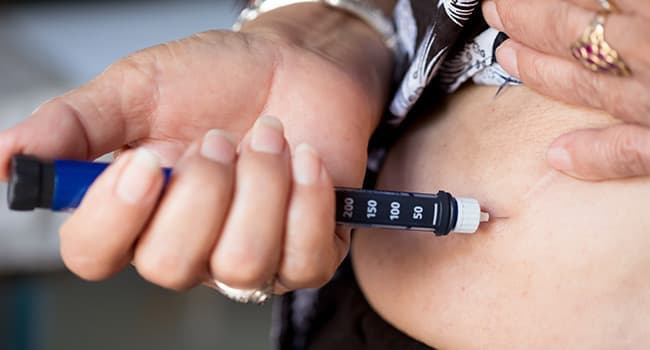How Much Do You Know About Insulin?


Question 1/11
Insulin is:
- A kind of hormone
- A type of blood cell
- Another name for blood sugar
Question 2/11
When you have type 1 diabetes, your body:
- Doesn’t make any insulin
- Doesn’t make enough insulin
- Makes the wrong kind of insulin
Question 3/11
How many insulin shots does a person with type 1 diabetes typically need each day?
- 1 or 2
- 3 or 4
- 4 or 5
Question 4/11
If you manage type 2 diabetes well, you should never need insulin.
- True
- False
Question 5/11
How much insulin you take depends on:
- Any other health problems
- Your eating habits
- How much you exercise
- All the above
Question 6/11
Which is NOT a way you can take insulin?
- Pills
- Inhaler
- Disposable pen
- Computerized pump
Question 7/11
When you take insulin, you might be likely to:
- Lose weight
- Gain weight
Question 8/11
What does exercise do to your insulin levels?
- It helps your body use insulin better
- It makes you need more insulin
Question 9/11
If you take insulin, drinking alcohol:
- Can cause low blood sugar
- Can cause high blood sugar
- Is off-limits
Question 10/11
Fast-acting insulin starts to work in about:
- A minute
- 15 minutes
- An hour
Question 11/11
Where shouldn’t you give yourself an insulin shot?
- Back of your arm
- Stomach
- Lower buttocks
- Outer thigh
